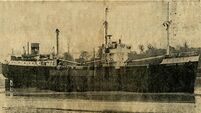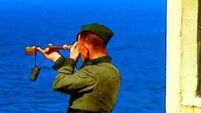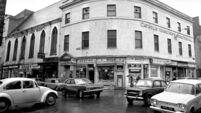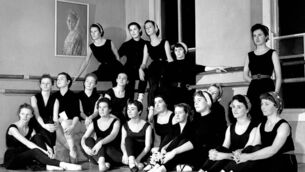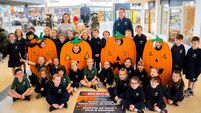90 years ago... death and fury in the Cattle Riots of Cork

Police battle with rioters outside Marsh’s Cattle Yard in Copley Street, Cork, on the day Michael Lynch was shot dead in 1934
IF seven is the age of reason, then surely 15 is the age of curiosity.

Protester who lost his life was aged just 22
THE death of Michael Lynch in the Cattle Riots of 1934 sent shockwaves through the city.
He and his fellow protesting farmers had rammed the gate of Marsh’s Auction Yard with a reinforced truck complete with an iron hook, according to an article on the Irish Family Detective website, from where the photo on the left was sourced.
A special branch of the garda, known as the ‘Broy Harriers’ opened fire and Lynch, 22, was fatally shot in the stomach. The Evening Echo reported that Lynch had been sat beside the driver of the lorry. “The bullet went clean through the liver and spleen and emerging at the back.” He was operated on in the South Infirmary hospital but died later that day.
Six other protesters were wounded by bullets and a further 30 men were treated in hospital for other injuries. In a reprisal, trees and telegraph poles were felled all over Cork. Ten men from north-east Cork were jailed for their part in these activities.
The funeral for Lynch attracted vast crowds and, at a time when the Blueshirts were riding high in popularity, added to the febrile atmosphere of the times.
Lynch was born on March 16, 1912 to Daniel and Hanora Lynch (nee Dunlea) in Lyre, Carrignavar, Co. Cork.
As recollected for the 2006 Holly Bough by Paul McSweeney, from Ballinlough Road, in an interview with Richard Henchion
